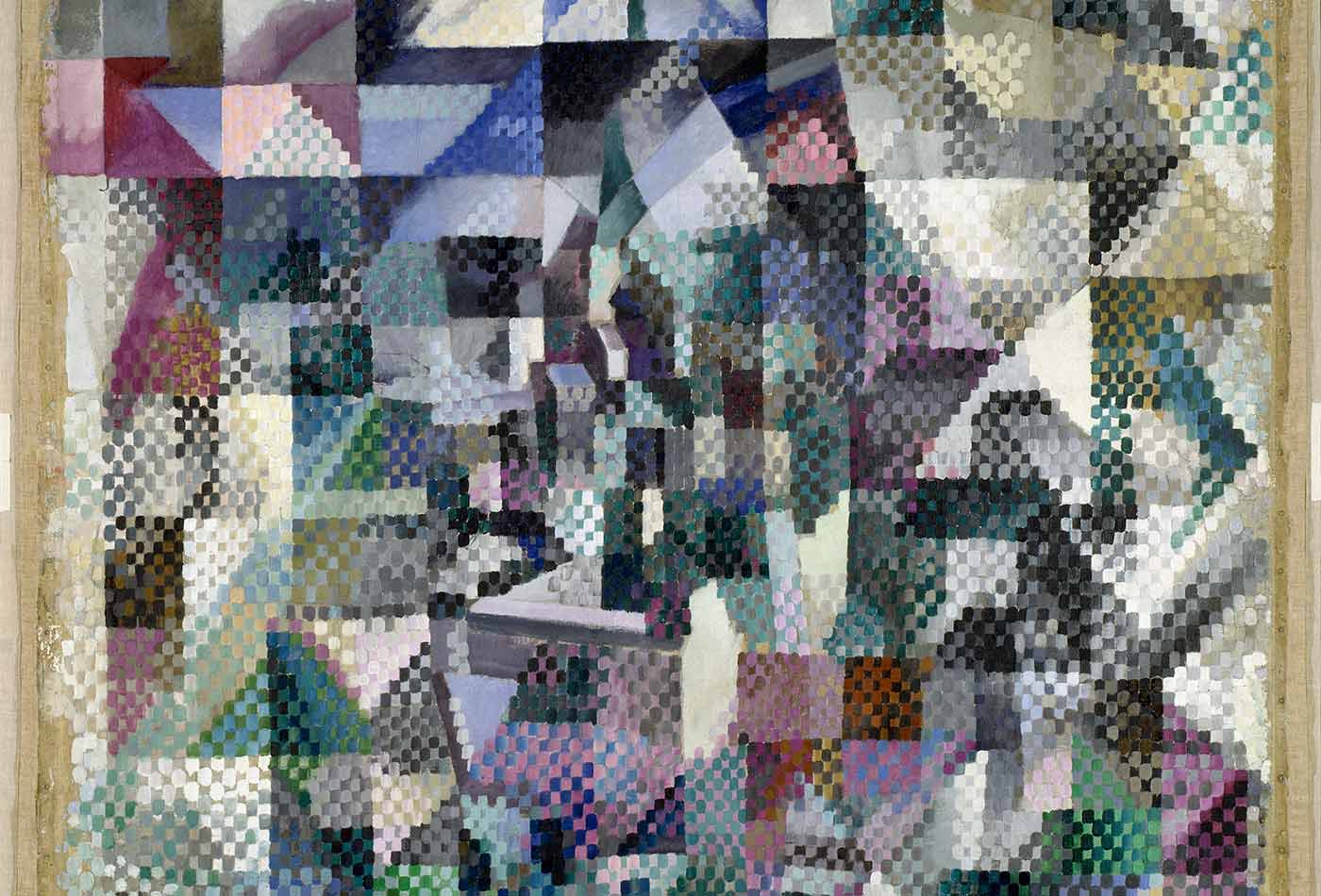How to build great designers
5 questions for Ryan Noon: Why your company needs a maker space, finding inspiration out the window, and what designers and elite athletes have in common.
 "Window on the City No. 3," by Robert Delaunay, 1911-12. (source: Solomon R. Guggenheim Foundation on Wikimedia Commons.)
"Window on the City No. 3," by Robert Delaunay, 1911-12. (source: Solomon R. Guggenheim Foundation on Wikimedia Commons.)
I recently asked Ryan Noon, designer at Nike, to discuss his journey into design, making, and the power of looking beyond the screen. At the O’Reilly Design Conference, Noon will be participating in a panel, Creating Space for Making in the Workplace, with Patrick Chew of IBM, Alexandra Williams of Airbnb, and Tim Belonax of Pinterest.
What do you do at Nike?
I run the Blue Ribbon Studio (BRS), which is our internal maker space, think tank, and school for Nike Design. I have a background in design and art—where I’ve worked for Alexander McQueen, Henrik Vibskov, and run my own collection, Ryan Noon. I came to Nike to work in design initially on apparel, then prints, than graphic design before I started the BRS.
BRS is a design studio / maker space within the company that is open to the members of Nike Design. Within it are various studios that designers can think, prototype, create, explore, and play. We also run a BRS Academy within the space, which teaches everything from Laser Cutting 101 to Ikebana to Stonewashing to Sign Painting. Our goal is to invest in our amazing design talent—like any elite athlete, you need to practice and train to keep up your skill and talent; we feel the same about design.
My background in fashion and working in various studios has all funneled into what I do today. My background in various fields from fashion, to print, to graphics, to running my own company, to growing up building and working with power tools have all helped bring life to the studio, as it encompasses many disciplines. It’s a global / local studio, too—we love the creative community and want to make sure we have perspective from all around the world.
You are a fashion designer by training. How did you find your way into the design world, and when did you know this was what you wanted to do?
I was interested in all things art and design early on. I was into architecture first, then sailboat design, then fine art, and ended up studying fashion design and print at Central Saint Martins, in London. It was a great mix of design through fashion and art, through designing prints for the body. I used to go to visit my aunts in NYC during the summers who worked in design and hang out in the color design department and take drawing classes at Parsons. In New York, I also met with designer and artist Susan Cianciolo, who is a family friend; I was so inspired by her DIY and punk spirit of doing and making.
You’re giving a talk with like minded designers from IBM, Airbnb, and Pinterest on creating space for making in the workplace. Why do you think it’s important to offer this opportunity to employees?
Being hands on is where the magic happens. Ideas don’t only come out on paper or through a laptop, but by making mistakes, experimenting, and talking to other people. Being in an energetic space with a diversity of disciplines adds to better product and ideas.
What makes for a good designer in this day and age?
Curiosity, hunger, self-initiative, knowledge of the future and the past. For me, not looking at a screen is key—when you’re in a taxi, look out the window; on the subway, see how people wear clothes—it’s way more inspiring than a blog. It’s important to think for yourself! Everything online has been (my least favorite word) “curated,” and it’s hard to form your own opinions from that much curation. There is inspiration in everyday things all around us—it’s a positive attitude and outlook that makes them exciting. Alchemy everywhere!
You’re speaking at the O’Reilly Design Conference in March. What sessions are you interested in attending?
At a conference or festival I like to be surprised, I don’t usually read up too much and like to see as much as I can and wander into and experience all new things.
